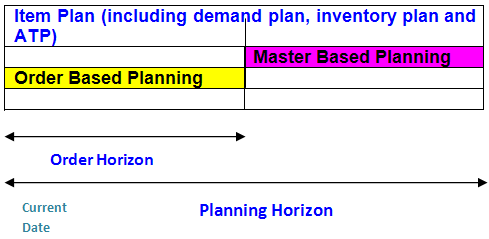ERP Service Module – Call Handling and Service Orders Control
April 3, 2025
 ERP Service Module – Call Handling and Service Orders Control
ERP Service Module – Call Handling and Service Orders Control
Call Handling Proper operation of a help desk is an essential component of proper servicing and resolution of problems. Service module of an ERP system assists organization to respond promptly both in respect of internal and external customers and gain valuable management data which helps in retaining customers as well as improve internal operation of…
 Why are Companies Constantly Upgrading their ERP Systems?
Why are Companies Constantly Upgrading their ERP Systems?
Enterprise Resource Planning (ERP) is the lifeblood of any business today. Any business, be it a medium scale enterprise or a multinational corporation relies extensively on the use of Enterprise Resource planning systems. This is the reason why these systems tend to be very expensive. There are mega-corporations like SAP and Oracle, which make billions…
 Turbo Charging ERP with BI and CPM
Turbo Charging ERP with BI and CPM
Business Intelligence (BI) – An ERP product provides hundreds of standard reports, generated weekly or monthly or year end basis which acted as a hardcopy dashboards within the organization. In order to improve report generation functionality, an ERP system provides various report writing tools (such as crystal report writer, safari report writer) as well as…
Order based Planning: Order-based planning is the functionality that plans planned orders to cover components and end items. This functionality largely corresponds to Materials Requirement Planning (MRP) and uses BOMs (Bill of Materials) to explode material requirements and the routings to calculate lead-time of planned production orders.
A combined overview of order based planning and master based planning

If order horizon is set to zero, the system plans supply through master based planning only. If order horizon is equal to planning horizon, the system plans all supply through order based planning
Order Promising - ATP CTP: Demand forecasts are gradually consumed by actual customer orders. The calculated item quantity that is available (to sell or consume) on a certain future date, based on the current supply planning is known as Available to promise (ATP). ATP is an indicator of inventory availability that is specifically geared to the process of order acceptance. ATP may be for one period or may be cumulative over a number of periods. When it comes to accepting customer orders, a plan period’s cumulative ATP is a clear indicator of the order quantity that can still be promised to deliver in that plan period.
The functionality behind the notion of cumulative ATP is further enhanced by Enterprise Planning’s extended capable-to-promise (CTP) checking techniques. These techniques not only consider what can be promised on the basis of the planned supply, but also explore the possibility of producing more than what the current supply planning indicates. There are various dimensions of checking CTP such as:
Your email address will not be published. Required fields are marked *